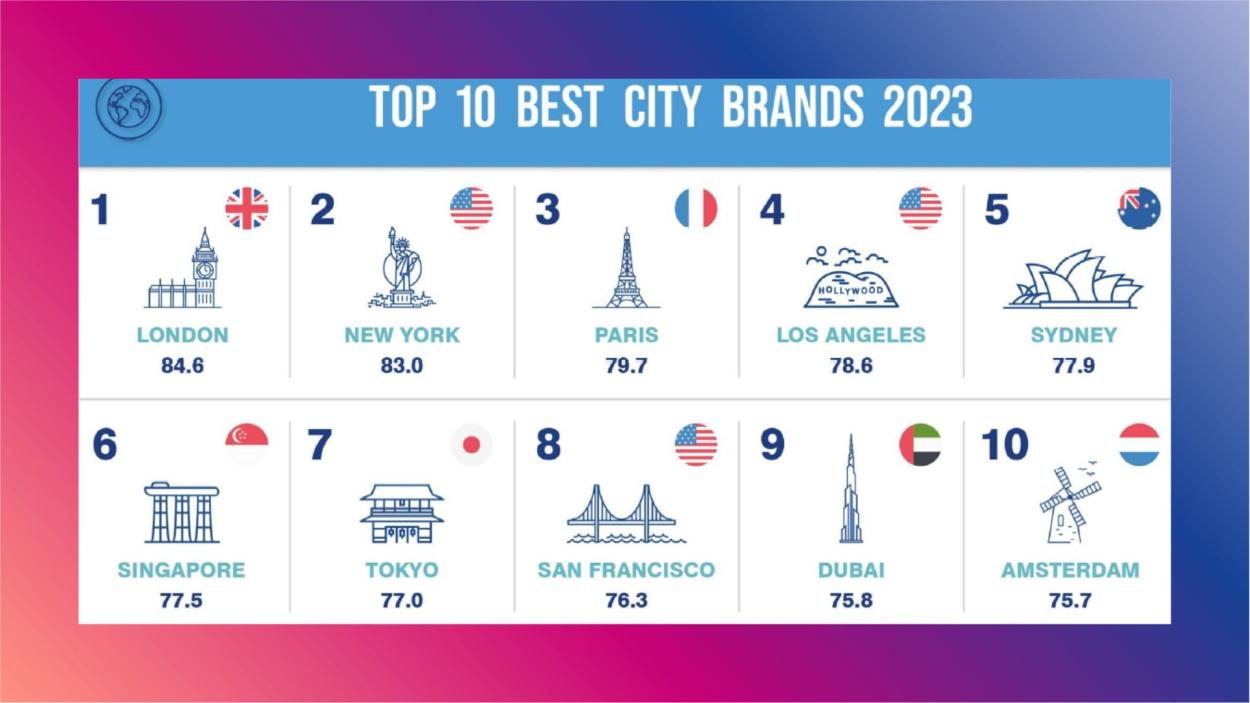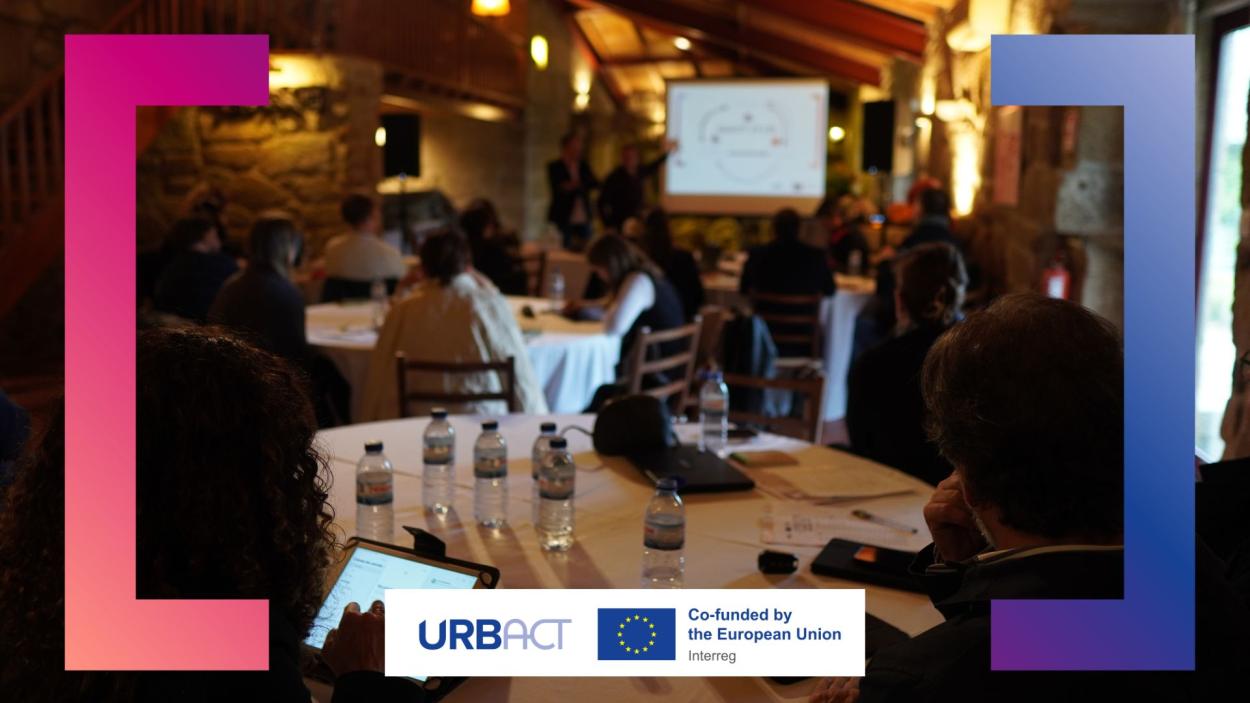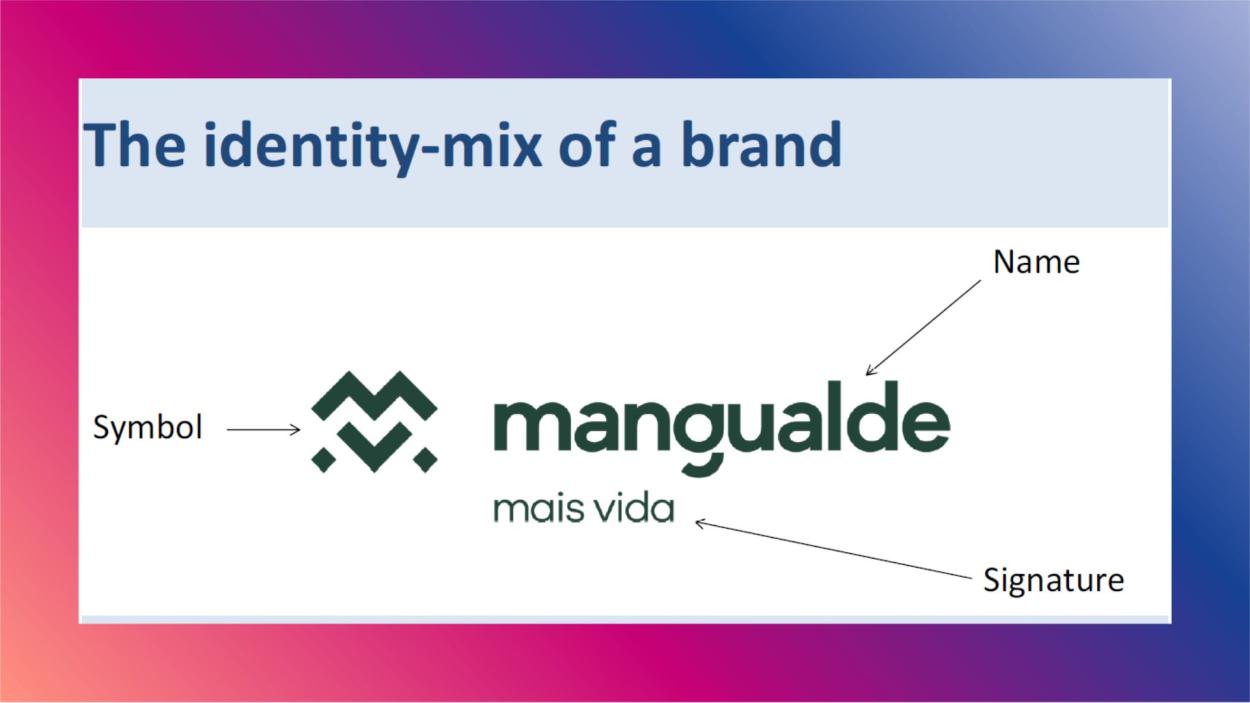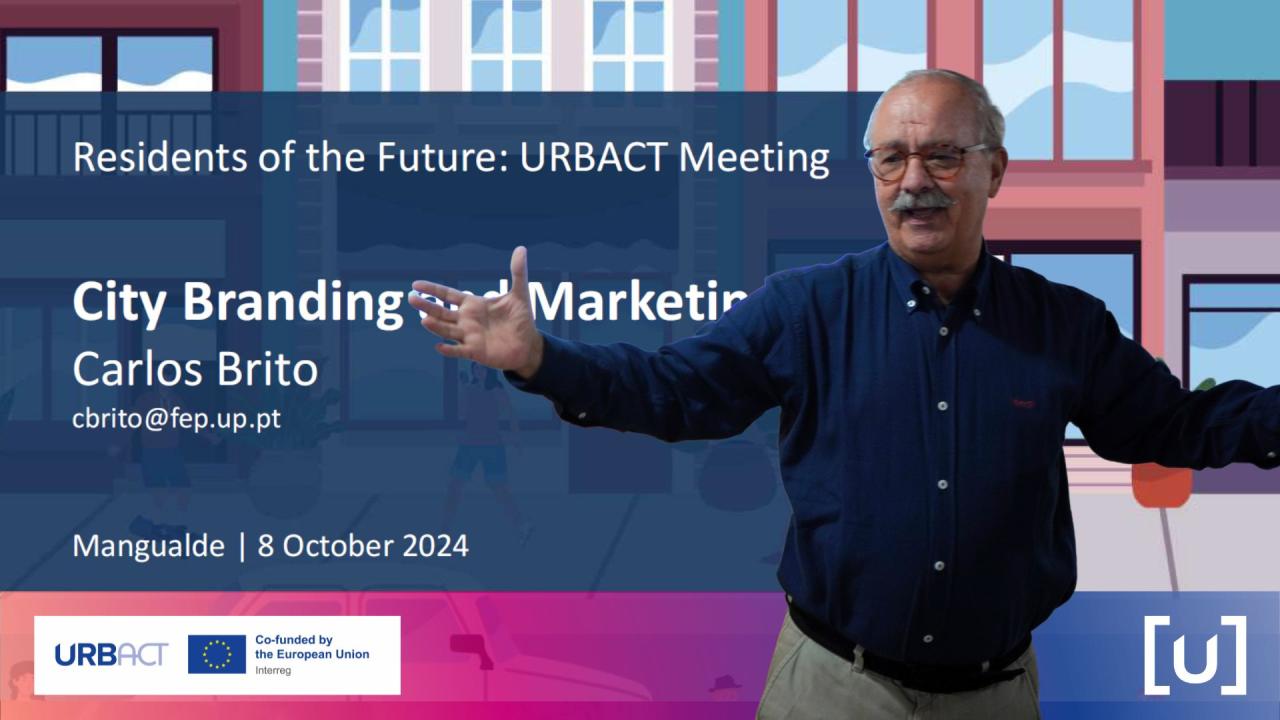The Challenge for Smaller Cities
Small cities often struggle with declining populations as urban migration favors larger metropolitan areas. Big cities dominate global attention through cultural exports, movies, and media, leaving smaller cities underrepresented. Consequently, many small cities are overlooked by individuals seeking opportunities for work, education, or enriched lifestyles, further exacerbating their population challenges.

Step 1: Defining the City as an Attractive “Product”
A city’s brand should be built around its unique identity as a multidimensional product. This product must encapsulate an engaging and holistic image, answering the question, “Why should someone choose our city?” This identity can be developed using the following six elements:
a) Place
Highlight the city’s physical attributes, including natural landscapes, monuments, and architectural heritage that make it stand out.
b) Pre-requisites
Emphasize key advantages like infrastructure, healthcare, quality education, and safety—elements that form the foundation of a desirable living environment.
c) People
Showcase a vibrant and welcoming community to create an emotional connection with tourists, students, and expatriates.
d) Potential
Promote opportunities for economic growth, education, and employment as a “call to action” for prospective residents and investors.
e) Pulse
Illustrate the city’s cultural offerings, lifestyle, and entertainment options, which contribute to a high quality of life and work-life balance.
f) Presence
Build awareness through strategic marketing to elevate the city’s reputation and engage target audiences in an increasingly fragmented information landscape.

Step 2: Marketing the City as a Brand
Once the city is defined as a product, the branding process can begin. Successful city branding is not limited to creating a logo or slogan—it represents a promise to deliver value and a positive experience. A holistic approach includes:
a) Developing a Brand Strategy
Conduct an analysis to identify target groups, objectives, and positioning. Establish key messages that align with the city’s strengths and values.
b) Designing Visual Identity and Communication Tools
Create consistent branding elements such as logos, slogans, and digital assets.
c) Action Planning
Implement targeted programs and initiatives that support the brand narrative, accompanied by a promotional plan, budget, and timeline.
d) Monitoring and Evaluation
Use tools to measure the impact of branding initiatives and refine strategies based on feedback and results.

Shared Experiences: Success Stories from the Network
During the meeting, participants shared examples of successful city branding initiatives:
Participants at the meeting shared examples of successful city branding initiatives. Šibenik, (Croatia) promoted its vibrant cultural scene with the slogan "City is a Stage”, Saldus (Latvia) emphasized its high quality of life, leveraging green spaces, sports facilities, and strong educational infrastructure. Mangualde (Portugal) focused on face-to-face communication with residents and innovative solutions such as smart parking apps to improve urban living. Plasencia (Spain) created a local culture-based programme to interact with newcomers. Engaging youth, as seen in Iisalmi (Finland), and Alba iulia (Romania) initiatives to involve young people in social media strategies, was also highlighted as a way to modernize a city’s image and appeal.
After a brief discussion, participants concluded that all those campaigns would have even larger impact if they were executed as a part of the wider and well planned strategy.
Participants agreed that these initiatives would have an even greater impact if integrated into comprehensive, long-term strategies.
The Path Forward
City branding offers small cities a powerful tool to reshape their narratives and compete on a global stage. Success lies in clear, consistent, and transparent communication, paired with inclusive narratives that foster emotional connections. By addressing community concerns, building trust, and presenting themselves as dynamic and livable, small cities can attract residents, visitors, and investors alike, creating sustainable growth for the future.


